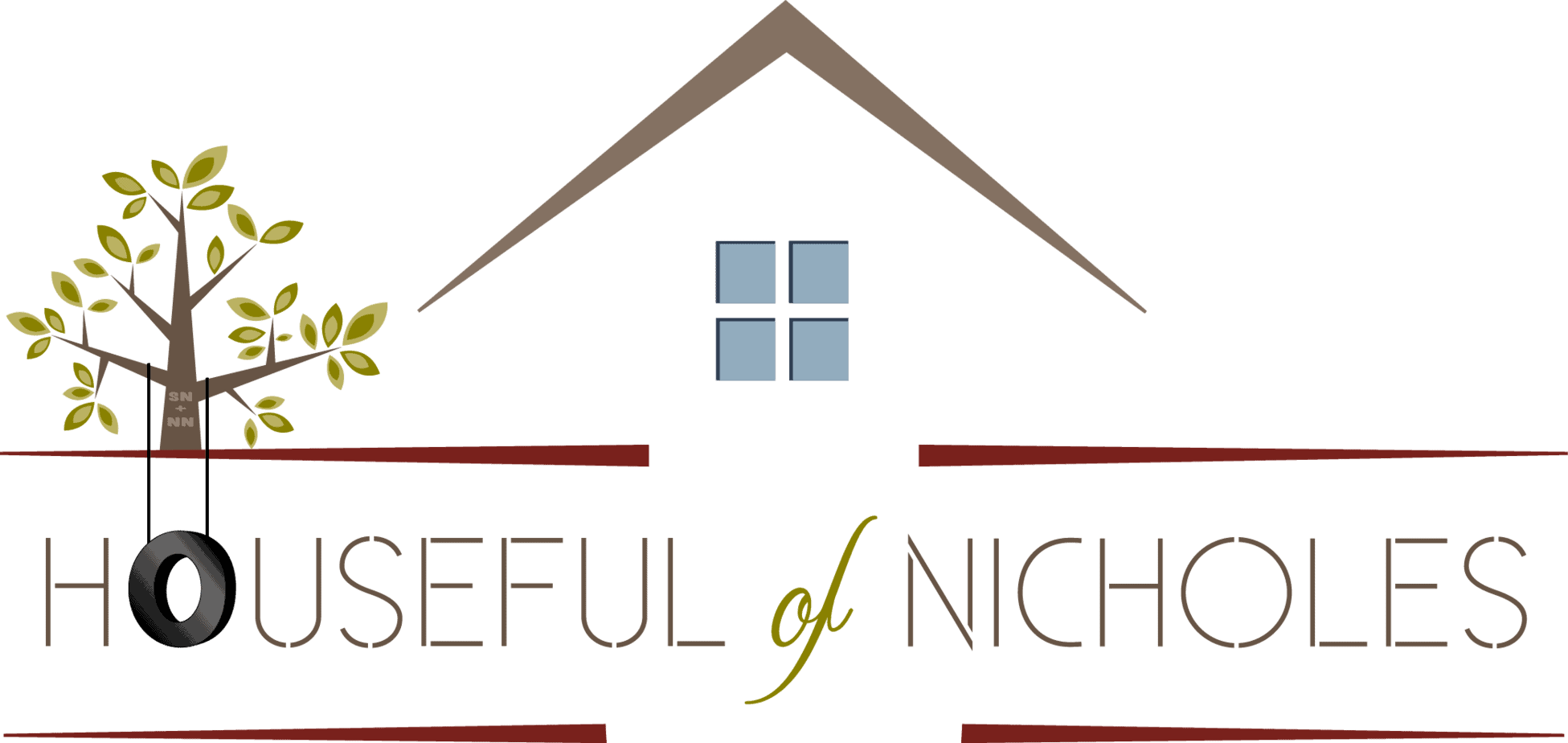It's time for congratulations! Brookfield Zoo is debuting their newest member today!
A 3-month-old snow leopard cub born at Brookfield Zoo on June 13 made his public debut for zoo guests today. The cub, who now weighs nearly 15 pounds, can be seen on exhibit with his 3-year-old mom, Sarani.
Sarani and her mate, Sabu, 3, arrived at Brookfield Zoo in October 2011 from Tautphaus Park Zoo in Idaho Falls, Idaho, and Cape May County Park Zoo in New Jersey, respectively. Their pairing was based on a recommendation from the Association of Zoos and Aquariums’ (AZA) Snow Leopard Species Survival Plan (SSP). An SSP is a cooperative population management and conservation program for select species in AZA zoos and aquariums. Each SSP manages the breeding of a species to maintain a healthy and self-sustaining population that is both genetically diverse and demographically stable. Including the new cub, 140 snow leopards currently live in 60 institutions in North America. The last time there was the pitter-patter of little snow leopard paws at Brookfield Zoo was in 1992. The zoo has exhibited snow leopards since 1936.
Snow leopards are solitary animals, except for mating and when females are raising cubs. Cubs remain with their mother until they are independent at around 18 to 22 months. They reach sexual maturity between 2 to 3 years of age.
Their smoky white-grey-yellowish coats patterned with dark rosettes and spots provide excellent camouflage in rocky, snowy habitat. Snow leopards have many adaptations which allow them to live in high mountainous terrain, including their very thick and long fur and their large, well furred paws, which act as snowshoes. Although they do not roar, they do moan, growl, mew and hiss, and to their cubs and mates, they make a reassuring puffing sound through their nostrils, which is called “prusten” or “chuffing.”
Snow leopards are listed as an endangered species by the International Union for Conservation of Nature (IUCN), the world’s oldest and largest global environmental organization. A leading snow leopard conservation organization, The Snow Leopard Trust, estimates population numbers of this elusive cat to be between 3,500 and 7,000 remaining in the wild. They inhabit high, rugged mountainous regions of central Asia, including Afghanistan, Pakistan, India, Nepal, Bhutan, Uzbekistan, Kazakhstan, Kyrgyz Republic, Tajikistan, China, Mongolia, and Russia. Their numbers are declining due to human influence, such as poaching for medicinal markets and hides, depletion of their prey base, retribution killing following livestock losses, residential and commercial development, and civil unrest.
You and YOUR houseful should think about taking a trip out to the zoo to check out the newest addition. We're still having beautiful weather here in the Chicagoland area, take advantage of it!

Amreen Snow Leopards
Monday 6th of January 2014
well you are very lucky to find this leopard on your zoo my kids are really enjoying to read this article and they said they want to see this Leopard in real i`m now in turkey but upcoming month going to Pakistan may be possible my kids seeing this leopards on northern areas in Pakistan.your Blog is wonderful and very Informative for me...thank you so much for providing such a Fabulous post..
Latonia Hickman
Sunday 29th of December 2013
Latonia Hickman liked this on Facebook.